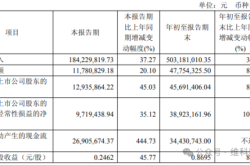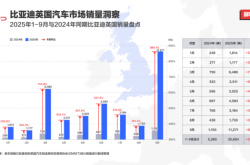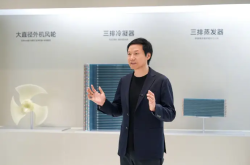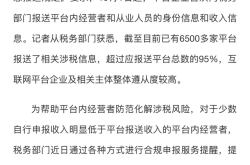AI 应用缺一个张小龙
![]() 03/17 2025
03/17 2025
![]() 579
579

More than two years have passed since ChatGPT ignited the AI conversation, but there has been no dominant AI application in China. It can even be said that consumer-level AI applications did not truly have a chance to shine until a series of discussions around DeepSeek radiated across the entire Chinese internet earlier this year.
The reasons for this are multifaceted. Bridging the cognitive gap from cutting-edge technology to the mass market requires both time and a product that understands how to connect the two ends with exceptional design.
But at the beginning of this year, a domestically produced large model brought AI to the attention of the public, and the technology itself gained public recognition. Additionally, the question of "What kind of AI applications do consumers really need?" has gradually become clearer through the exploration of numerous products and feedback from a large number of users. Even Manus, which has been hotly discussed recently, is catalyzing the entire market to form a consensus on AI applications.
The well-known consulting firm a16z released the latest global AI application rankings earlier this month, based on Sensor Tower's monthly active user data. It has only been six months since the last ranking update, and we can already see a major reshuffle in the landscape. DeepSeek, which surpassed 10 million users within 20 days of its launch, is on the list, along with changes in rankings for domestic apps like Doubao, Baidu, and Meitu.

Global AI Application Rankings (2024.8/2025.3); Source: a16z
At this current juncture, the barriers to AI application development have been lowered, and the freedom to customize products in line with consumer demand has increased. The weight of commercialization efficiency, which was temporarily shelved in the past, is also on the rise.
According to a16z's statistics, 40% of high-income applications do not make it into the top 50 in terms of user volume. The most popular applications among consumers do not necessarily have advanced or enterprise-level features that professional users are willing to pay for.
When AI truly begins to show signs of technology democratization, transforming materials into finished products is the moment to test everyone's "forging" skills. Currently, there are indeed some cases worth referencing.
Just as instant messaging technology has long been mature, it was not until WeChat was born that it truly "unified the realm." There is no end to breakthroughs and refinements in underlying technologies, but now it's time for product managers to take the lead.
01. Democratization of High-Dimensional Technology with "Penetration" as the Prerequisite
"Cognition" is an unavoidable prerequisite for consumption, and the same applies to applications as consumer goods.
The product-oriented marketing concept believes that as long as the technical capabilities are in place and the product is sufficiently excellent, it can attract consumers through word-of-mouth. However, modern marketing is not an era where "good wine needs no bush," as users receive hundreds of advertising messages daily. A 2022 report pointed out that the continuous concentration span of contemporary people has dropped from 12 seconds in 2000 to 8 seconds today, comparable to that of a goldfish.
AI applications are even more special because there are dual cognitive barriers. The first is the level of technical understanding; the vast majority of users have no concept of how deep learning and AIGC operate. Furthermore, the services provided by AI have a certain perception lag; they do not solve explicit needs like instant communication tools (e.g., WeChat) or directly provide sensory stimulation like entertainment applications. Without the transfer of real-world experience, market education for AI applications is more difficult, and promotion heavily relies on a hot start.
Therefore, Doubao and Yuanbao, which have native traffic pools backed by Douyin and WeChat, have the most typical promotion paths.
Doubao has done a more thorough job of "penetration," and its "uniqueness" is discernible at first glance. There are three factions in naming AI applications: those that quote classics in Chinese like Wenxin Yiyan (Wen Xiaoyan) and Tongyi Qianwen, those with meaningful English names like Kimi and DeepSeek, and then there is "Doubao." When a host of AI application icons pursue minimalist and technological design, Doubao chose an extremely "user-friendly" cartoon avatar with a strong AI vibe.
Relying on ByteDance's powerful promotion channels, Doubao quickly achieved a user scale discontinuity. According to a report by TF Securities, Doubao's advertising investment amounted to nearly 18 million yuan in April and May last year, surging to 124 million yuan by early June, with 89% of advertising investment allocated to the Giant Engine, and ByteDance also restricted competitors like Kimi from advertising on Douyin.
There is a theory in communication studies called the "digital divide," referring to the polarization of information gaps due to differences in media literacy. For example, middle-aged and elderly people are often kept out of new technologies by the digital divide. With the reach of short videos across various circles, Doubao may be the most recognizable AI application in the sense of "broad penetration." Its strategy is to replace the aloof facade of technology with a cartoon image, allowing topics like "AI babysitting" and "Spring Festival blind boxes" to integrate into daily agendas, with professionalism taking a back seat to giving users a sense of interaction and gain.
Tencent's response to AI applications may have been somewhat belated, but the recent investment strength of Tencent Yuanbao has created a momentum of catching up from behind.
Yuanbao was launched in May last year and did not have a strong presence among a host of general-purpose AI applications at that time, when the advertising battle between apps like Doubao and Kimi had already begun. However, after DeepSeek exploded in popularity, Tencent reversed its defensive stance and went on the offensive with a straightforward strategy: leveraging the trend by appending "powered by full-blooded DeepSeek" to its name suffix.
According to AppGrowing data, the estimated advertising investment amount for Yuanbao within 30 days has exceeded 500 million yuan. In addition to large-scale advertising across various channels, Tencent has utilized promotions within its own ecosystem to the fullest extent, including the prime recommendation spot on WeChat's lifestyle service "nine-grid" interface.
If Doubao was determined from the outset to take the "forceful promotion" route, Yuanbao is poised to overtake on a curve. This is not only influenced by the current high market sentiment but also because the battle for AI application mindshare will not give laggards much time. Moreover, gaining recognition is only the first step.
02. Ease of Use Does Not Yet Equal Practicality
A report by QuestMobile earlier this year showed that comprehensive native apps saw a significant increase in usage stickiness in the second half of last year, but most still face the challenge of high uninstall rates, and the value of AI has not yet been fully realized. It is also because of the high uninstall rate that companies need to continuously attract new users and continue advertising investment to stabilize their market share.
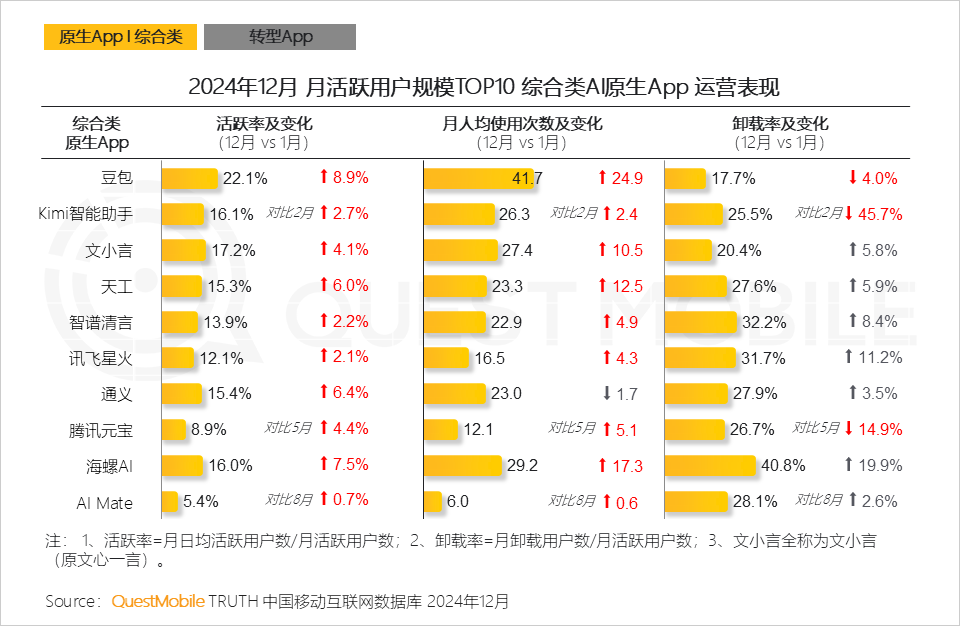
Source: QuestMobile
Entering the product quality evaluation aspect, "ease of use" is probably the first threshold. The most intuitive evaluation criterion is to avoid middlemen earning the difference as much as possible.
Reselling AI "knowledge" for profit has been a long-lasting news item since ChatGPT exploded in popularity, although the protagonists have changed with version updates, most recently replaced by DeepSeek. Due to the high technical barriers, there is a strong demand for paid knowledge related to AI, and a large number of opportunities for arbitrage through "information gaps" have emerged by leveraging the topic of technological iteration to catalyze anxiety.
In an era where applications are blooming everywhere, many products have put effort into ease of use to provide differentiated services. For example, by providing customized scenarios, well-trained agents, and directly applicable templates, the "Prompt gap" can be avoided. The core logic is to reduce the number of operation steps and learning costs required for users to achieve their goals.
The significance of ease of use for consumer-grade applications can be referenced by another case. Photoshop dominated graphic processing tools for more than a decade, and it spawned a prosperous market of design courses and outsourcing intermediaries for more than a decade. However, Canvas significantly lowered the barrier to entry by providing web access and templated operations, allowing users to complete designs with limited freedom. This is a typical example of the difference in purpose between the technical foundation and product design.
But going further, all parties are still in a state of chaos regarding whether AI-generated content can be successfully delivered in real-world application scenarios.
The most obvious problem is how to stand out amid homogeneous output. At this stage, C-end AI applications can be roughly divided into two types: native independent apps and plugins (embedded in original apps), covering scenarios spanning education and learning, leisure and entertainment, image generation, lifestyle assistants, emotional companionship, and more.
Suppose I am a self-media copywriter and want to design copy for daily updates on social platforms. I can find more than five AI tools that can achieve this goal. Some even provide various scene templates. Furthermore, there are already content platforms that can generate copy with one click using AI, eliminating the need for "outsourcing."
The logic for determining "practicality" is whether the system can stably and reliably output results that meet expectations in real-world scenarios. At this stage, users spend most of their time using AI applications making this determination, and it is obvious that there is no application that is significantly ahead of the pack. The underlying support for "usability" is technological thickness, and DeepSeek has become the current focus for this reason.
However, New Position believes that Manus, which has recently garnered much attention despite marketing controversies, precisely proposes a new perspective in product design.
DeepSeek showcases the thinking process, allowing users to intuitively see the generation logic of AI, which was a widely praised point when it was initially mentioned. Manus amplifies this sense of gain to a certain extent. Its product interaction logic is that users only need to give a simple instruction, allowing the AI to complete the process of breaking down demands and calling different APIs to execute tasks step by step.
The entire process is visual and adjustable by users, which to a certain extent combines ease of use with practicality. Although there is still room for refinement in the specific output effects, it does bring about a revolution in the sense of experience.
This suggests a possibility: as a groundbreaking technology, the design of its landing applications can definitely go further to make some "redefining" attempts that transcend the original paradigm.
03. Written at the End
According to QuestMobile, 70% of apps with a scale of over 100 million are on the "transformation path," either arming their core businesses with AI plugins or exploring scenario extensions through AI. Examples include Alipay's lifestyle assistant Zhi Xiaobao, Weibo's newly launched interactive section Weibo Zhi Sou, and the recent trend of "integrating DeepSeek" that has swept across the entire internet service industry in the past two months.
This is also why we say that AI applications have truly entered a "killing" stage. When various readily accessible tools and entertainment are embedded with AI functionality, user feedback such as perception and evaluation will grow exponentially, and the differentiation in retention rates will become more apparent.
At this stage, the vast majority of users are only accustomed to using one comprehensive native app, accounting for more than 80%, while only 1% of users are willing to use more than four apps for comparison, highlighting the Pareto principle.
In other words, although AI will most likely become as ubiquitous as "water, electricity, and gas" on the internet, only a few mature AI products will be able to reap the sweetest fruits.
*The title image and illustrations in the article are sourced from the internet.

